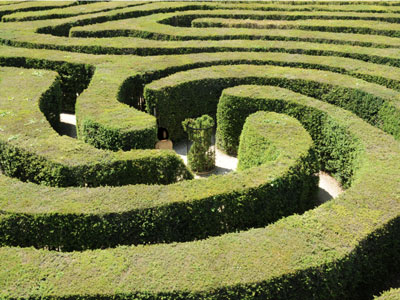Recent progress in the neurobiology of perceptual decision making has served to unite decision accuracy, speed and confidence in a common framework of bounded evidence accumulation. In a well-studied motion direction discrimination task in which a participant must judge whether a set of dots displayed on a screen is moving to the left or the right, the decision itself is governed by the accumulation of noisy samples of evidence from the visual stimulus. The accumulation is represented by neurons in the association cortex of the brain such that their firing rate is proportional to the sum of the evidence for one choice versus the other. This representation, termed a decision variable, is compared to a threshold or bound, which terminates the decision process, thereby establishing both the choice and decision time. The height of the bound affects the speed-accuracy trade-off. For example, a high bound produces slower but more accurate decisions, on average, compared to a low bound. Finally, confidence is informed by a mapping between the state of the neural representation of accumulated evidence used to make the decision and the likelihood that it would support a correct choice.

Although single decisions have been extensively studied, many tasks, from solving a maze to making a cup of tea, require several sequential decisions to reach a goal. Van den Berg, Zylberberg et al. studied just such a task in which two sequential decisions must both be made correctly to achieve a goal. Participants performed the motion direction discrimination task (left vs. right) and made an eye movement to a leftward or rightward choice target to indicate their choice. A second motion direction discrimination was then performed (up vs. down displayed at the choice target) and participants made a second decision to an upward or downward choice target. Both decisions needed to be correct for a reward. On some trials the task was interrupted after the first decision and subjects were required to rate their confidence that this first decision was correct.
The study’s findings were that the nature of the first decision had a strong effect on how the second decision was made. When the first decision was correct, the second decision was more likely to take longer and be correct. Conversely, after an initial error the second decision was faster and less accurate. Critically, participants were not informed on whether their first decision was correct. This observation led to the hypothesis that the confidence in the first decision might be affecting the way participants approached the second decision. To test this, the investigators used the data from the interrupted trials to estimate the confidence on a trial-by-trial basis for the first decision on the double-decision trials. Using a model comparison approach, they concluded that the height of termination bound on the second decision increased with the level of confidence in the first decision. Such variation in bound height with confidence can increase reward rate by modulating decision time so that it is prolonged when an accurate second decision is more likely to lead to reward. The study demonstrates a novel role for confidence in rapidly setting parameters of future decisions.
Reference
Confidence is the bridge between multi-stage decisions. van den Berg R, Zylberberg A, Kiani R, Shadlen MN & Wolpert DM (2016). Current Biology 26: 1–12. doi: 10.1016/j.cub.2016.10.021


































